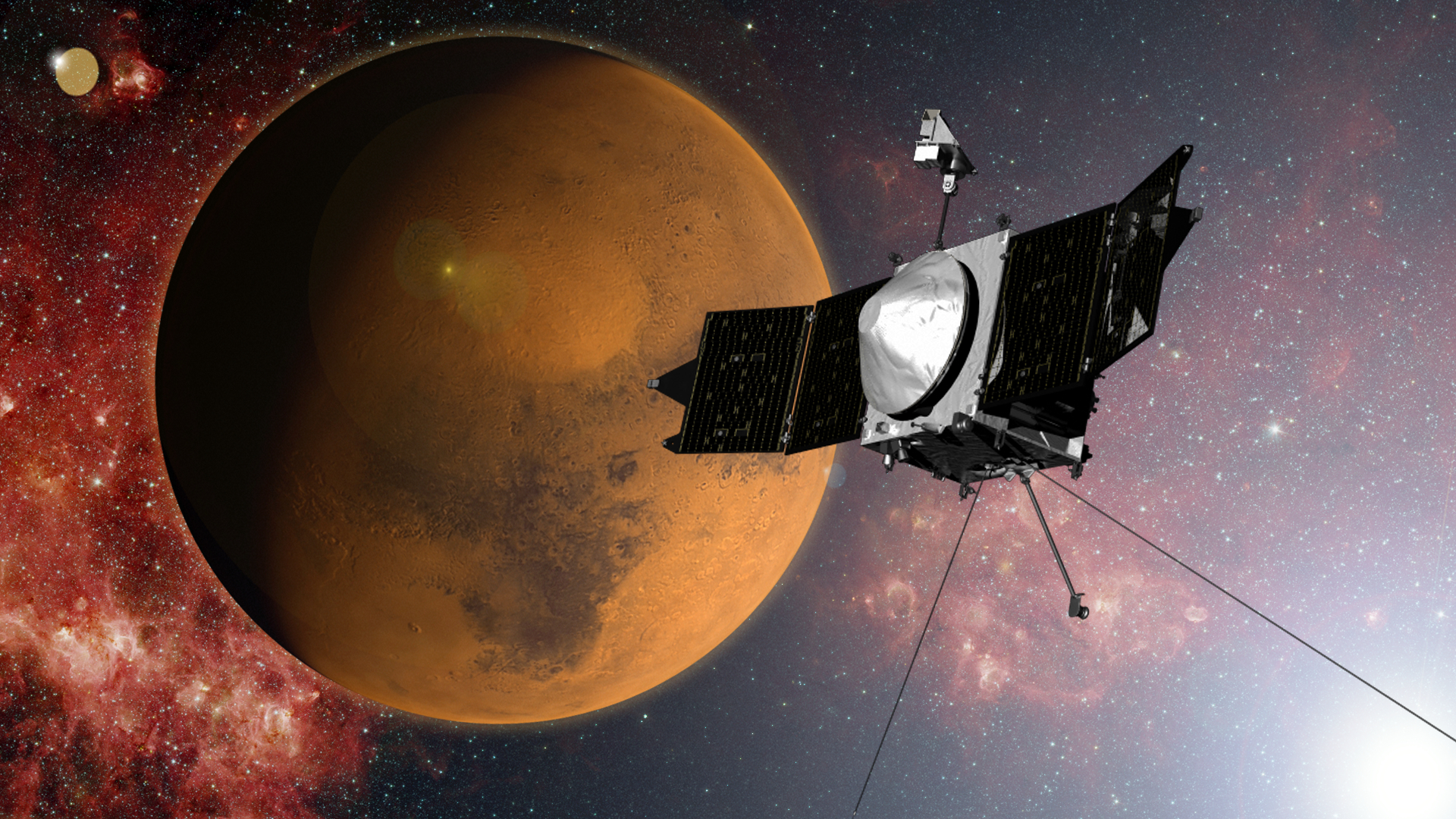
Mars explorer MAVEN entered the Red Planet’s orbit late Sunday night, beginning a yearlong journey during which scientists hope to discover what happened to the Martian atmosphere.
Mission managers at NASA’s Goddard Space Flight Center in Greenbelt, Md., received confirmation of MAVEN’s arrival at about 10:25 p.m. E.T. — about a half-hour after it began slowing down from more than 10,000 m.p.h. to enter Martian orbit.
Narration of the orbital’s entry was broadcast beginning at 9:30 p.m. from Lockheed Martin Space Systems’ mission-operations center in Littleton, Colo. It took about 12 minutes for MAVEN’s signals to travel the 442 million miles to Earth.
MAVEN – standing for Martian Atmosphere and Volatile Evolution – launched from Cape Canaveral, Fla., on Nov. 18, 2013, and it will now take six weeks to turn itself on and test its systems.
After that, the $671 million, bus-sized craft will spend one (Earth) year assessing the planet Mars’ atmosphere, in hopes of discovering how the Martian atmosphere is changing now and, in doing so, understand how it has changed over billions of years.
Scientists believe that Mars and Earth were once sister planets, both of them green and wet. But, about 4 billion years ago, their fortunes diverged: as Earth incubated life in its thick, reassuring atmosphere, it’s thought that Mars somehow lost its magnetic field. That left it vulnerable to the spray of solar particles zooming through space, and, over time, scientists say, those particles winnowed the Martian atmosphere. Its land was buffed dry and brittle and its landscape turned freezing.
MAVEN is NASA’s 10th Mars orbiter mission, three of which have failed. Three other spacecraft are in Mars’ orbit, two of which are NASA missions (the 2001 Mars Odyssey and the 2005 Mars Reconnaissance Orbiter), and one of which is a 2003 European Space Agency mission.
Two rovers, Curiosity and Opportunity, are still active on Mars’ surface. Spirit, another rover, is still on the planet, but was deactivated in 2010.
“Hello @MarsCuriosity and @MarsRovers! #MAVEN is looking over you. (In #Spirit),” tweeted the MAVEN mission, just after arrival.
Journey to the Red Planet: MAVEN Approaches Martian Orbit
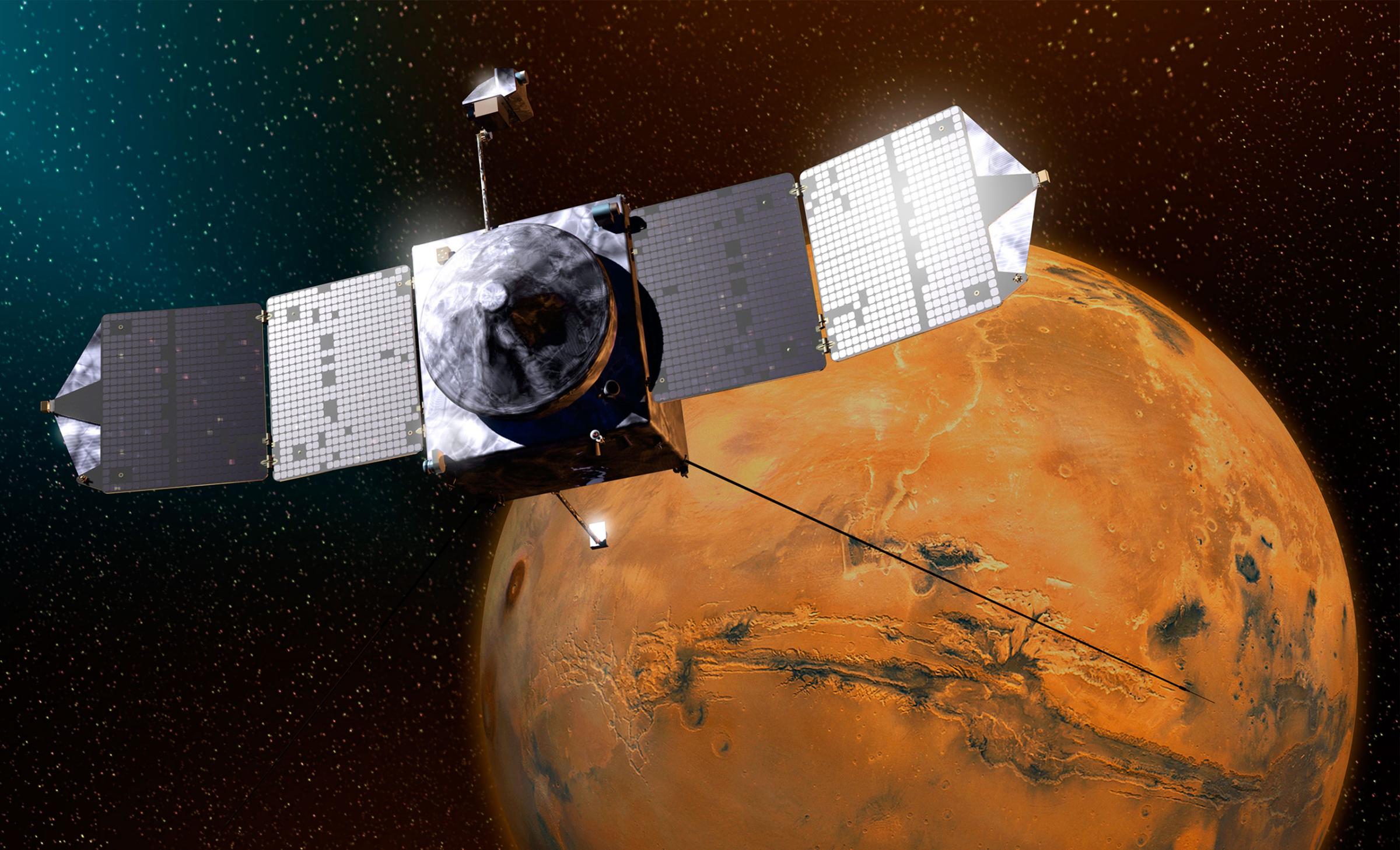
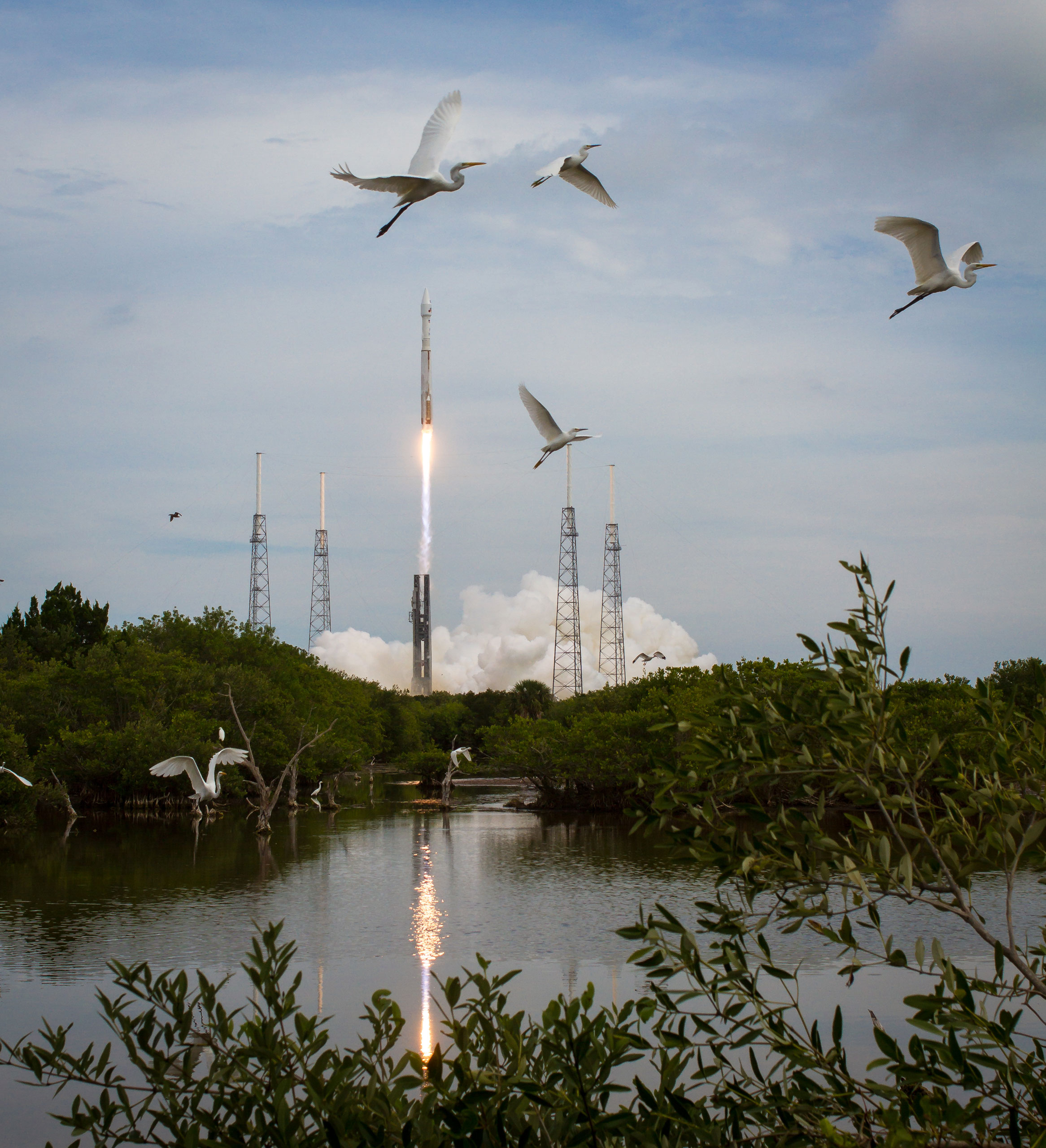
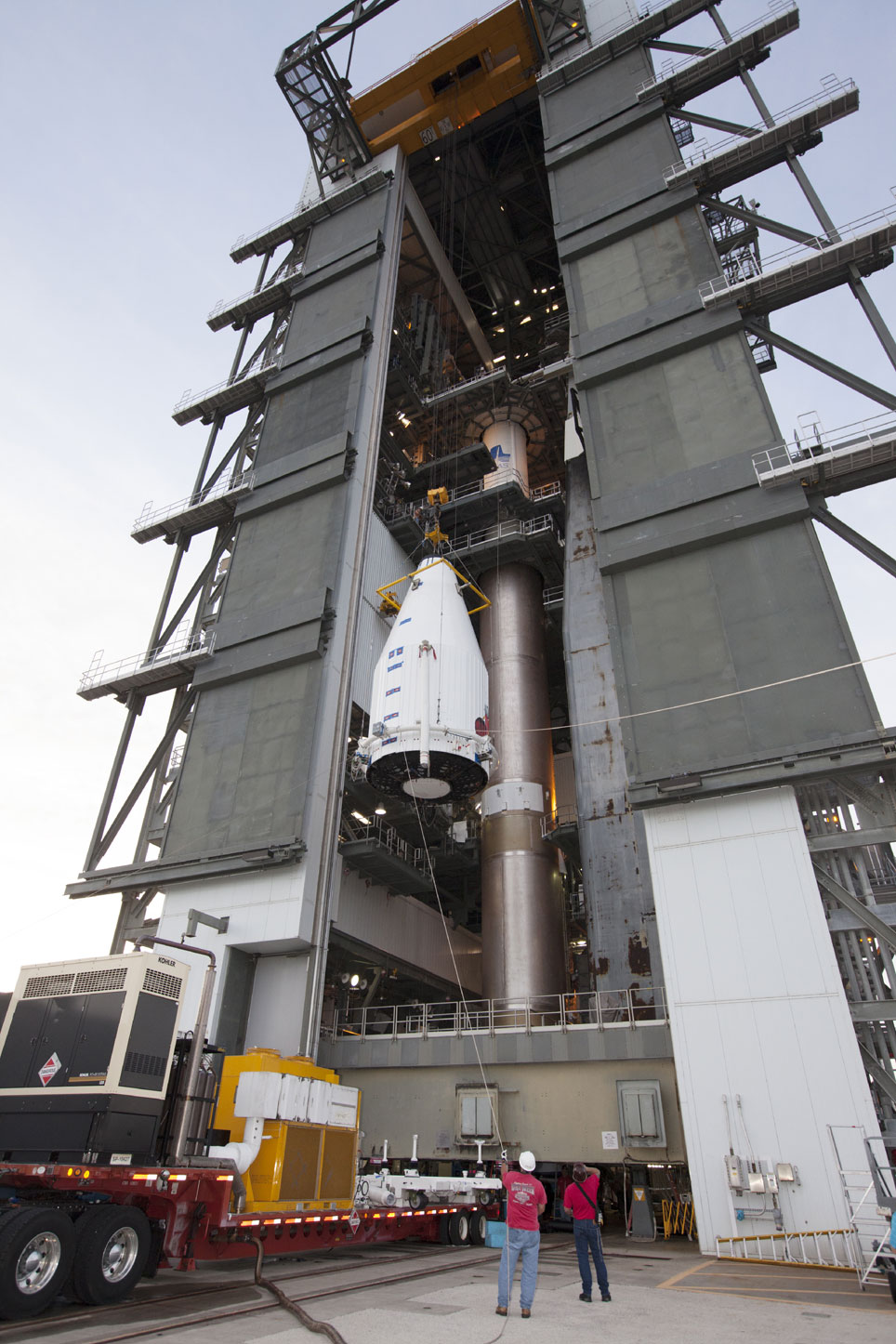
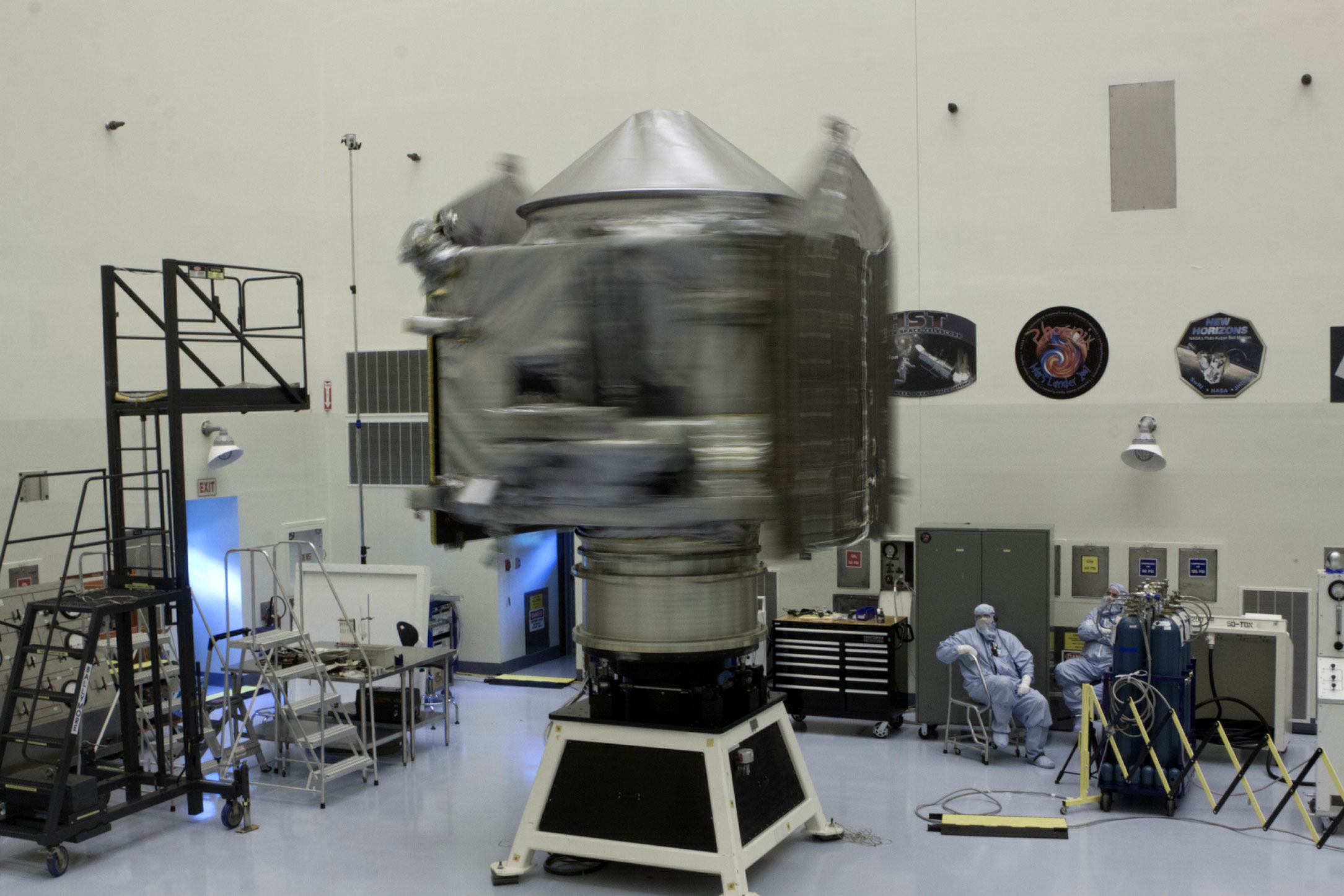


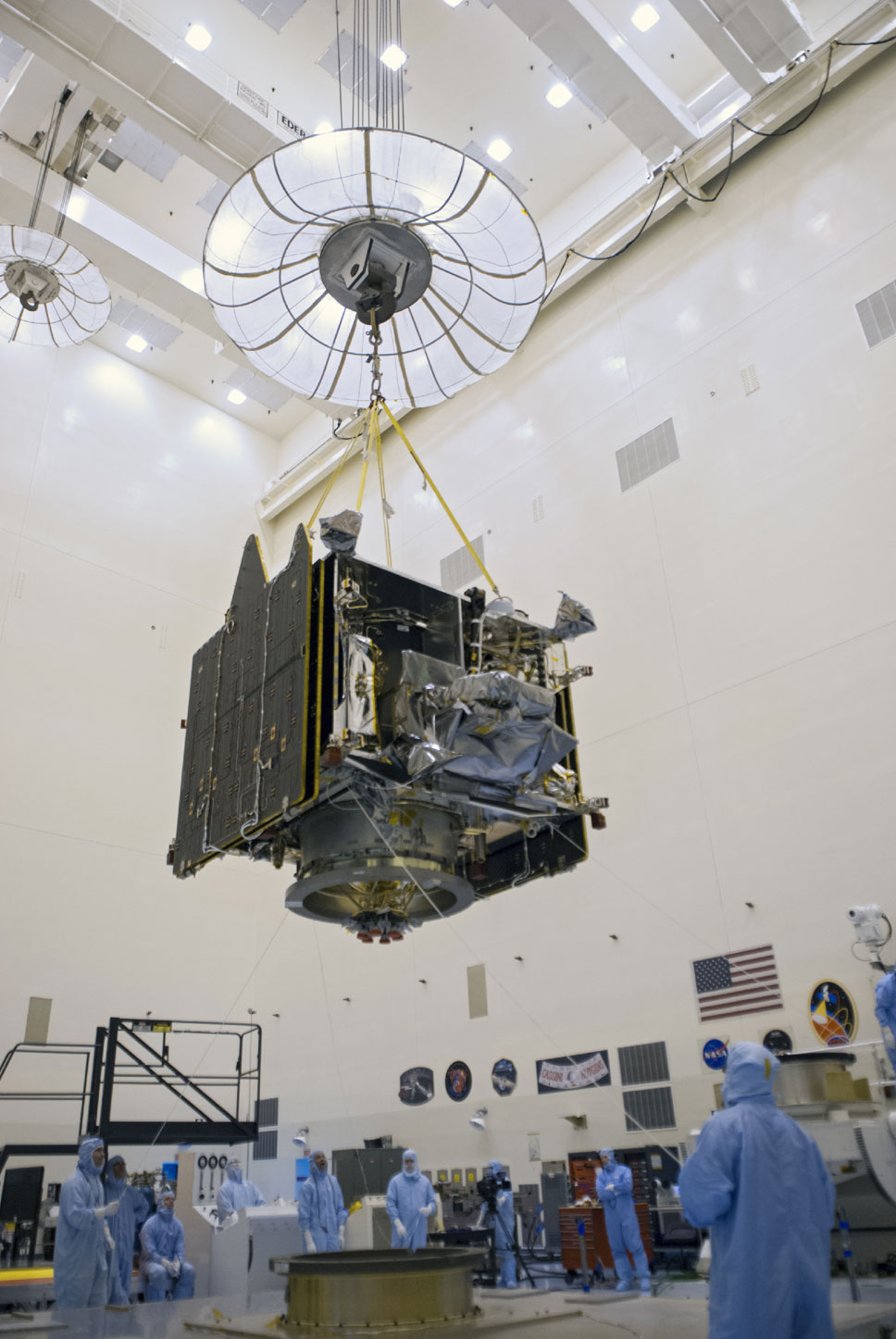
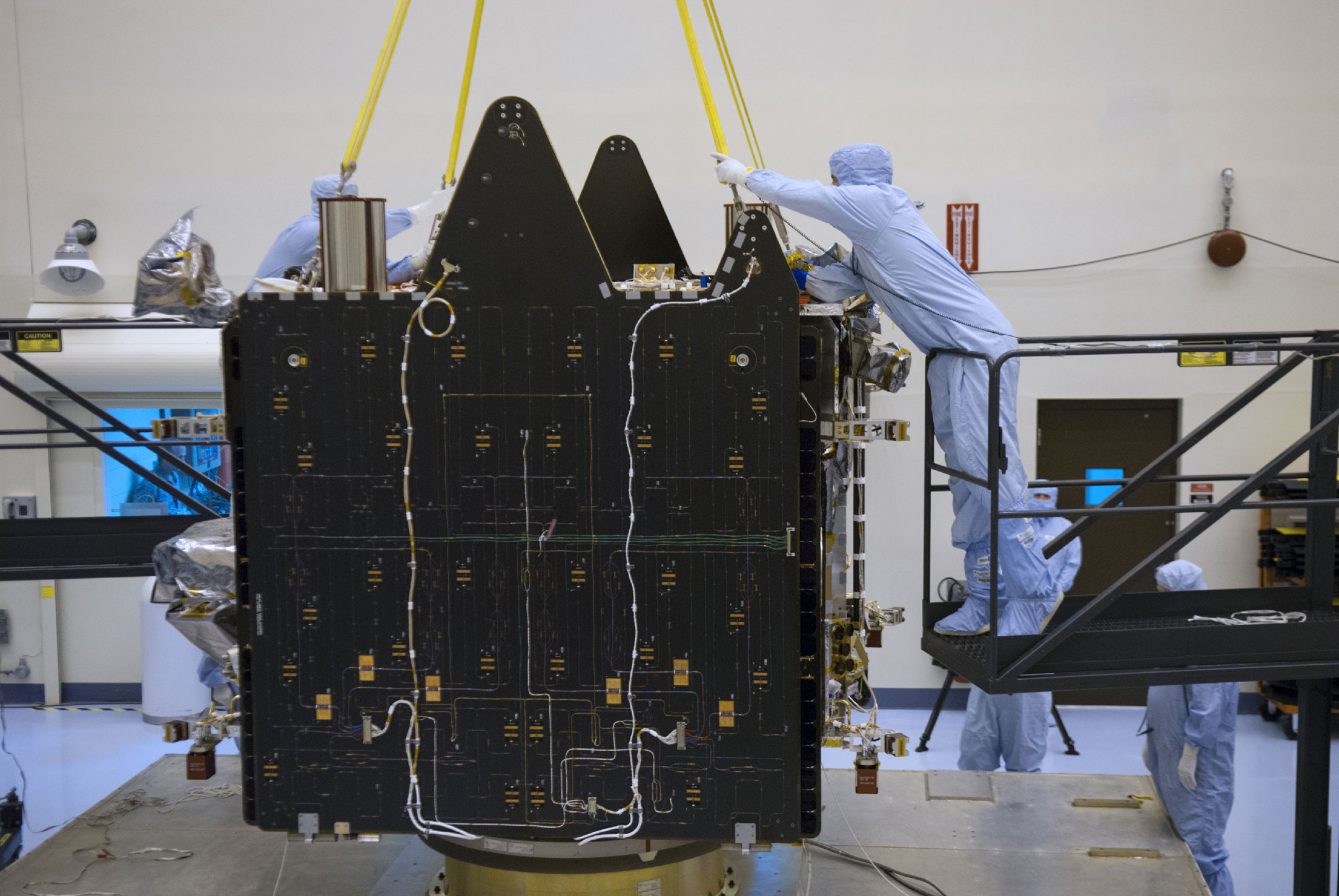
More Must-Reads From TIME
- The 100 Most Influential People of 2024
- Coco Gauff Is Playing for Herself Now
- Scenes From Pro-Palestinian Encampments Across U.S. Universities
- 6 Compliments That Land Every Time
- If You're Dating Right Now , You're Brave: Column
- The AI That Could Heal a Divided Internet
- Fallout Is a Brilliant Model for the Future of Video Game Adaptations
- Want Weekly Recs on What to Watch, Read, and More? Sign Up for Worth Your Time
Write to Elizabeth Barber at elizabeth.barber@timeasia.com